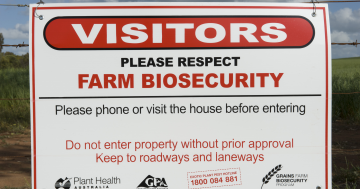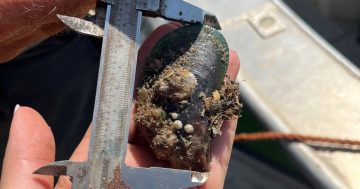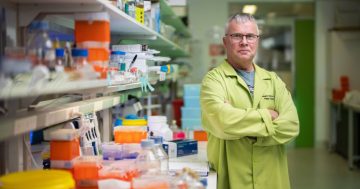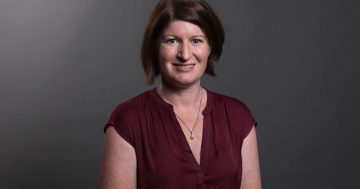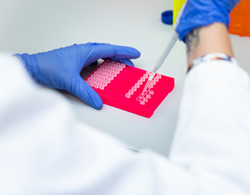 The University of Canberra (UC) is to set up an Environment DNA (eDNA) reference centre as part of a new partnership with the Commonwealth Department of Agriculture, Water and the Environment (DAWE) to support the country’s biosecurity system.
The University of Canberra (UC) is to set up an Environment DNA (eDNA) reference centre as part of a new partnership with the Commonwealth Department of Agriculture, Water and the Environment (DAWE) to support the country’s biosecurity system.
Secretary of DAWE, Andrew Metcalfe said the new Centre, to be based on UC’s Canberra campus, would provide essential support to the Department’s work in cutting-edge eDNA research.
“This new Centre is a critical component of the Department’s National eDNA Testing Program and our ability to make informed biosecurity decisions at the Australian border, and beyond,” Mr Metcalfe said.
“The National eDNA Testing Program will provide infrastructure, governance and policy to underpin and enable an efficient, functional and sustainable eDNA testing for environmental and biosecurity risk management purposes,” he said.
“While the Program will have the capacity for broad risk management application, our immediate focus is to address risks associated with khapra beetle and high-priority hitchhiker pests generally.”
Mr Metcalfe said eDNA testing was currently being used to detect khapra beetle and brown marmorated stink bug arriving in sea containers and help target biosecurity risk management.
The Secretary said that, over the next four years, many other unwanted pest tests would become operational.
Vice-Chancellor and President of UC, Paddy Nixon said training and research in partnership with faculty researchers and frontline biosecurity staff was essential to Australia’s future prosperity.
Professor Nixon said UC would also host a number of supporting services for the National eDNA Testing Program and provide opportunities for students and staff to be involved in collaborative projects with DAWE.
“This includes the University helping to establish an eDNA Collaboration Centre Network; national standards and protocols to ensure all testing is fit-for-purpose; and accreditation standards for laboratory partners,” Professor Nixon said.
“Further research into eDNA and eRNA, along with training for private and public stakeholders and laboratory personnel in Australian and international partner laboratories, also forms part of the program and partnership,” he said.


